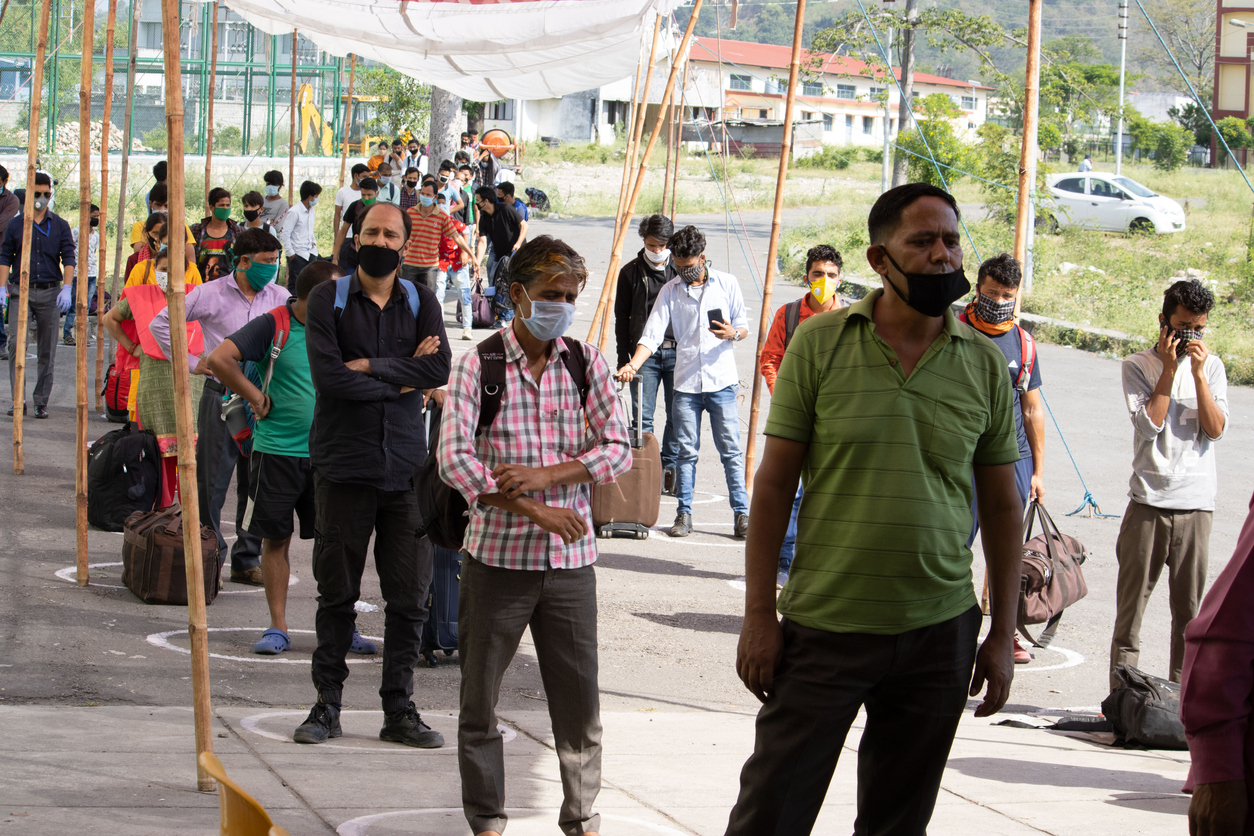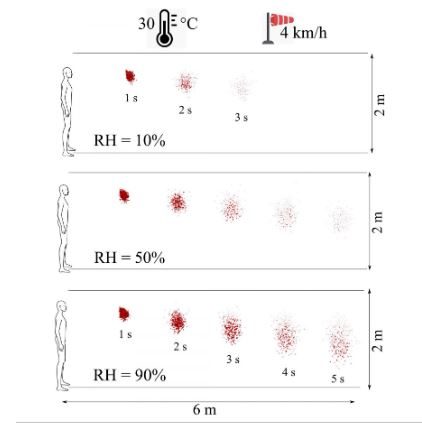
How did COVID-19 rapidly spread in July at cities with high temperatures?
A recent study published in the journal ‘Physics of Fluids’ explained why COVID-19 cases increased in July at numerous crowded cities around the world, including New Delhi, when they witnessed high temperatures and relatively high humidity, against the usual perception that viral infections generally spread more in lower temperatures.

A recent study published in the journal ‘Physics of Fluids’ explained why COVID-19 cases increased in July at numerous crowded cities around the world, including New Delhi, when they witnessed high temperatures and relatively high humidity, against the usual perception that viral infections generally spread more in lower temperatures.
Researchers are trying to understand how climate could have an impact on the novel coronavirus, since countries like India would soon experience winter and viral infections are very common during that season.
Researchers from the University of Nicosia, Cyprus found that evaporation is a critical factor for the transmission of the infectious coronavirus particles, which are immersed in respiratory clouds of saliva droplets. The team has studied the effects of relative humidity, environmental temperature, and wind speed on the respiratory cloud and virus viability.

It also provides a crucial alert for the possibility of a second wave of the pandemic in the upcoming autumn and winter seasons, where low temperatures and high wind speeds will increase airborne virus survival and transmission. The results reveal the importance of weather conditions in the virus’s viability, which can help guide the design of measures in both indoor and outdoor environments, to reduce airborne virus transmission indoors and public spaces.
“Suppose we have a better understanding of the evaporation and its relation to climate effects. In that case, we can more accurately predict the virus concentration and better determine its viability or the potential for virus survival,” said Dimitris Drikakis, lead author, University of Nicosia.
Despite the importance of airborne droplet transmission, research regarding heat and mass transfer around and within respiratory droplets containing the virus has been few. To address the challenge, the researchers developed theoretical correlations for the unsteady evaporation of coronavirus-contaminated saliva droplets. They implemented the theory in an advanced computational fluid dynamics platform and studied the effects of weather conditions on airborne virus transmission.
“We found high temperature and low relative humidity lead to high evaporation rates of saliva-contaminated droplets, thus significantly reducing the virus viability,” said Talib Dbouk, co-author.
Additionally, the researchers observed the travel distance and concentration of the droplet cloud continued to be significant, even at high temperatures if the relative humidity is high. The wind speed is another crucial factor that might alter all the rules for the social distancing guidelines.
(With inputs from India Science Wire)

